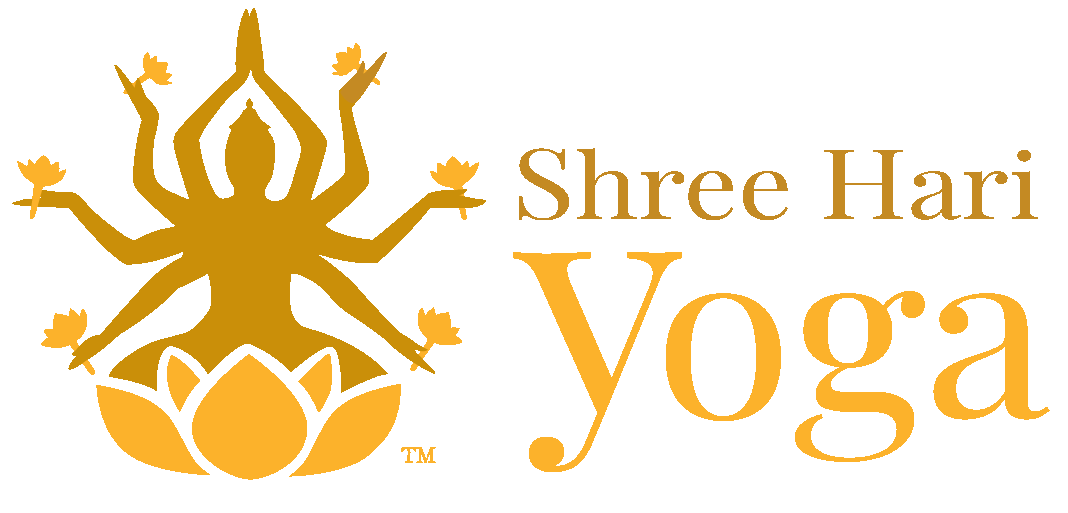Pranayama (Breathwork) Techniques for Energy Management

Pranayama is one of the most powerful yogic techniques, but people are not really aware of its huge benefits. It is an Indian practice, which is believed to have the power to awaken the mind or ‘Chitta’. If you break down the word, it yields two parts and meanings. ‘Prana’ is the energy, whereas ‘Ayama’ is the management. Thus, this word basically means energy management. You can also call it the management of the energy of the sun, moon, air, water, and food. Amazingly, the universe already offers two sets of energy that are of course free, the sun and air. These are the higher sources of energy. At Shree Hari Yoga School, you will be able to learn the techniques to harness the power of these energies, under the watchful guidance of the Gurus.
In contrast to the above energies, there are many paid energies, like water and food. At night, when you sleep, the body’s energies enter a relaxed state. Whereas, when you awaken, the body’s energies are at their highest vibrations, due to the presence of the sun’s energies. One of the most important organs that we, humans have are the lungs. They help in the exchange of air. You can utilize several breath manipulation techniques to gain control over your breathing, and hence ‘Prana’. Joining the yoga teacher training at Dharamsala can open a number of doors for you, towards proper energy utilization and management.
Decoding Energy Management In The Realm Of Yoga
Most yoga teachers from the Himalayas refer to yoga as a complete energy management system. Beyond the stunts that you obviously are aware of, breathing assumes a lot more importance. However, few know about it. In the practice of Hatha Yoga, there are several tools, which you can utilize to modulate your energies. There are three categories of Hatha Yoga practices. They are Brahmana, Langhana, and Samana. Let us discuss about these, before learning about Pranayama practices.
- Brahmana – These are the practices in the yogic realm, which provide a lot of nourishment, or ‘Yang’ energy. It is associated with asana practice and inhalation, which is active. Additionally, it also includes breath retention. You will find these practices to be more strengthening and they also activate the sympathetic nervous system.
- Langhana – It comes from the word ‘Laghu’. Laghu means light. These are cleansing, grounding and purifying practices. You can also associate them with ‘Yin’energies. When you exhale or hold the breath after expulsion, you can generate this energy. Such practices are more relaxing, and activate the parasympathetic nervous system.
- Samana – This is the final one that culminates into ‘equal’. This practice balances both parts of the nervous system. The asanas that are of ‘Samana’ nature are twists and side bends.
Thus, this brings us to the two ways of breathing. One is to breathe into the chest, and the other is to breathe in to the belly. When you breathe into the chest, it energizes the Brahmana. On the other hand, when you breathe into the belly, it activates Langhana.
Let us decode the energy management principles through some simple yoga practices, based on the above.
Yoga Practices – Pranayama For Energy Management
- Right Nostril Breathing – This is said to activate the sympathetic nervous system, which happens due to an increased intake of oxygen. Surya Bhedana is a very warming Pranayama, which helps to activate Pingala nadi. In this practice, you have to close the left nostril and just focus on the right one. You can practice it during cooler seasons. In this practice, you have to ensure to always inhale through the right nostril, and exhale through the left one. You can perform this Pranayama for 3-5 minutes and thereafter increase it with practice. You can learn about such Pranayama practices at the yoga school in Dharamsala. Get the best traditional knowledge about Pranayama, from the masters.
- Kapalbhati Pranayama – This is a Pranayama practice, in which the exhalation is more active than the inhalation. You can also hear the term ‘Skull shining’ pose associated with it. In this breathing technique, the elimination of carbon dioxide from the body characterise its aim. You just have to throw your breath out in this breathing technique. You will feel a lot energized after doing this.
- Humming Bee Breath – Also called Bhramari Pranayama, this is one of the cooling breathing techniques. You basically have to make a ‘humming’ sound, like that of a bee in this breathing practice. It soothes pain and also lowers the blood pressure, if you practice regularly. You need to sit in a contemplative position, and then place the index fingers of both hands on the cartilage before the ears. Breathe deeply through the nose, and then when you exhale press down the cartilage and hum. Repeat this for a few cycles.
- Samana Breathing – As explained earlier, you can balance the inhalation and exhalation through breathing practices. It also helps in balancing the Sun and Moon energies. This technique helps in harmonizing the body, mind, and the spirit. You can experience a deep sense of equilibrium, by practicing Samana Pranayama. In this Pranayama, you have to inhale air through the nose and release the same, through the mouth. You can use this in conjunction with other breathing practices and Samana energizing techniques like asanas. You can increase your focus and attention, through such practices. Its regular practice also decreases strength and anxiety.
These are a few of the yogic breathing exercises that can help you to manage your breath. If you want to learn more about them, it makes sense to join a yoga teacher training in Dharamsala.
Final Words
To learn about energy management in greater detail, you must join the school of yoga in Dharamsala. The best teachers await you, to impart traditional and authentic yogic knowledge. Learn about several other breathing techniques that aid in your quest for energy management. Go for the best school in Dharamsala, and learn about the theory behind the same and the practical as well.
